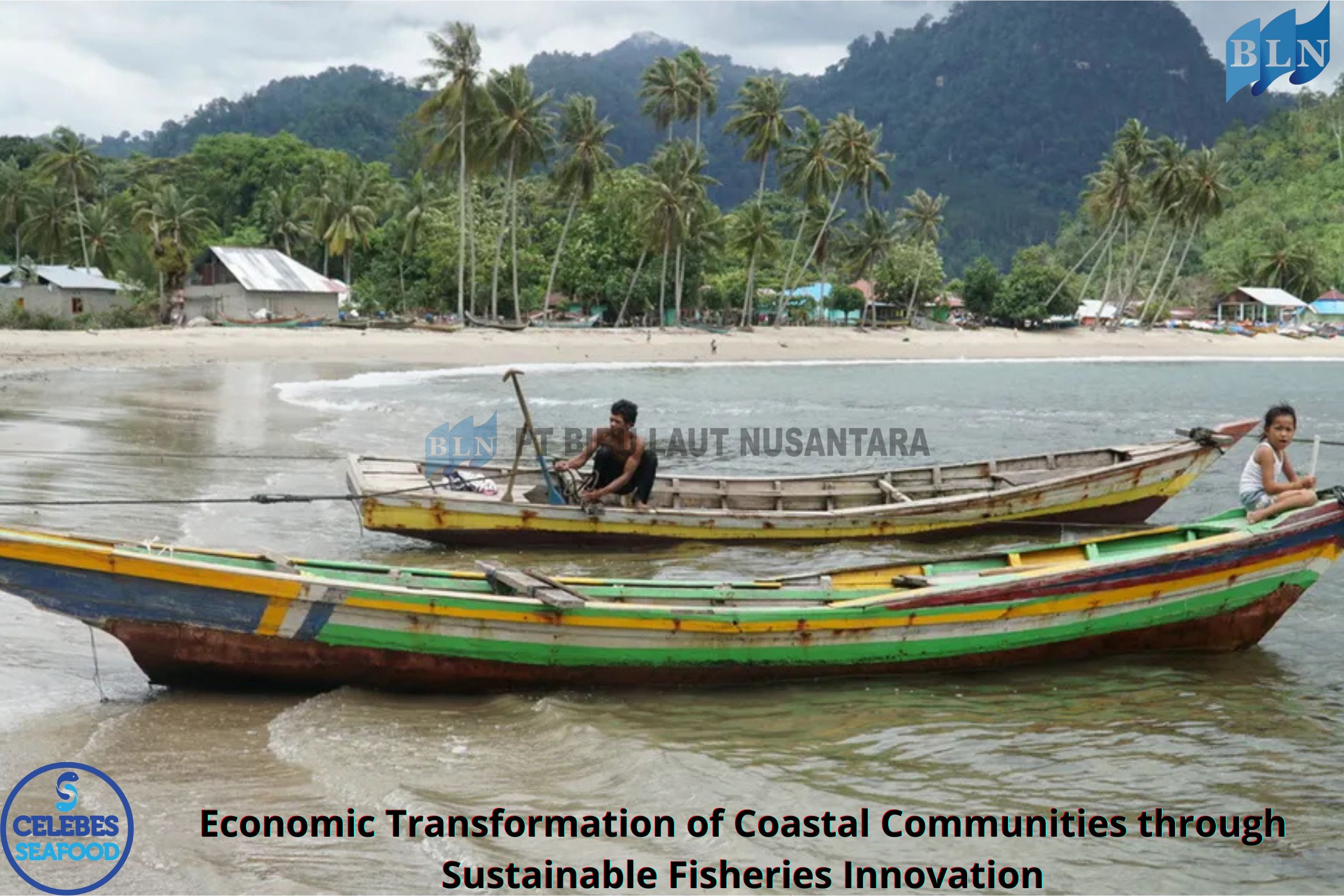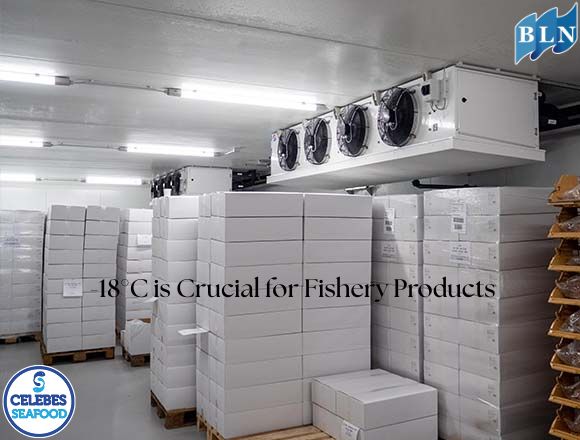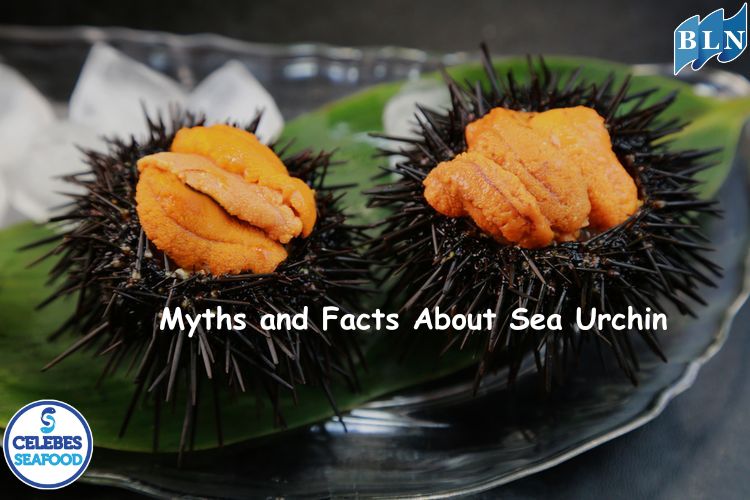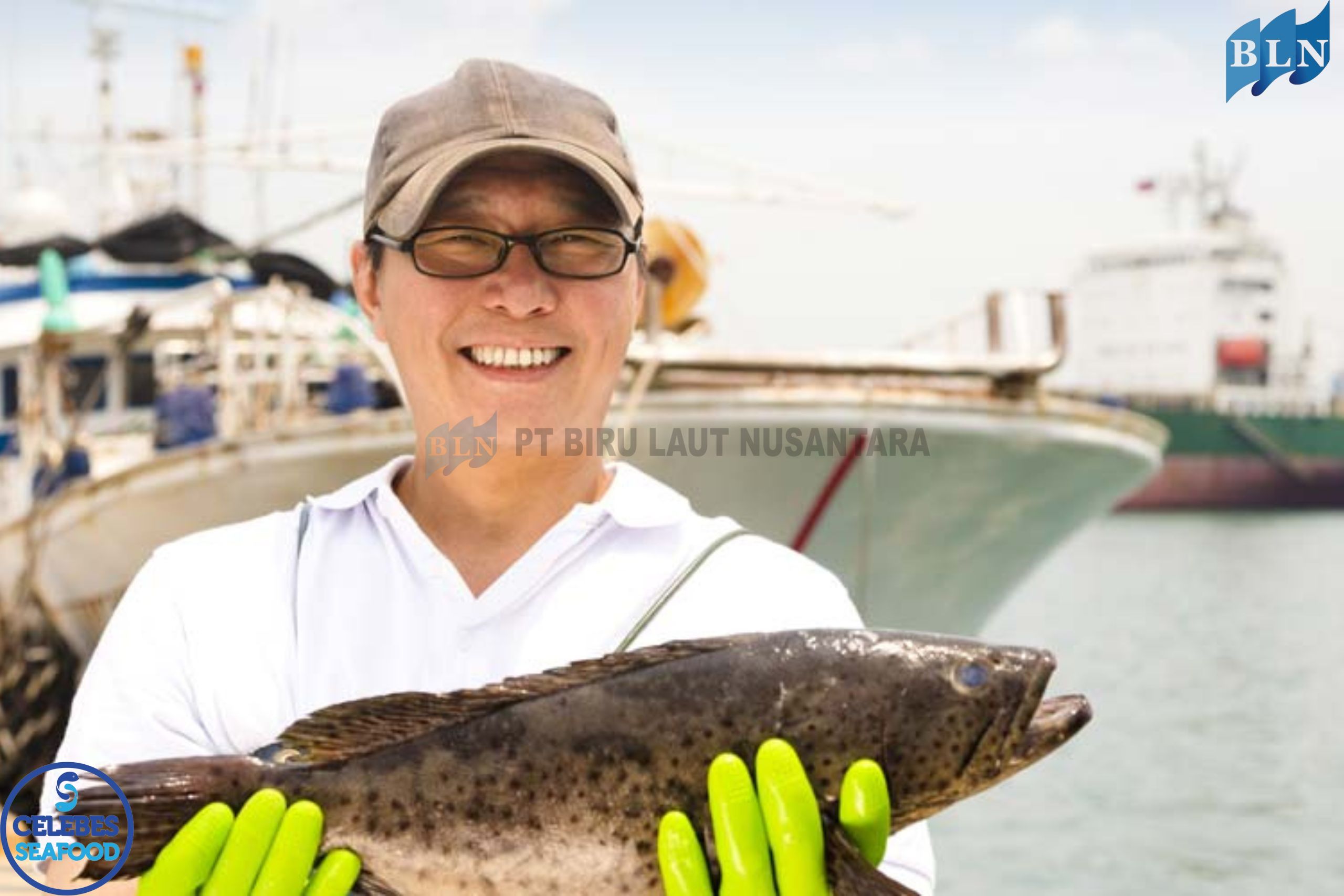Seaweed: More Than Just a Side Dish
By. Rani - 26 Apr 2025
lautnusantara.com Is it Just Food? Well, Innovation in Technology Has Now Shown Seaweed's Uses Far Beyond Just Being on the Dinner Plate.
Seaweed is more than just a side dish. It is a rich source of nutrients and has various health benefits. Besides being eaten as a side dish, seaweed can be used in various dishes such as vegetables, pickles, and even made into pudding or medicinal ingredients. There are at least five innovations that utilize the advantages of seaweed:
1. Biofuel
Soon, we will see engines powered by seaweed-based biofuel. Seaweed can be converted into energy forms like ethanol. Although it still produces greenhouse gases when burned, seaweed offers a sustainable, low-emission alternative to fossil fuels.
2. Packaging
Sea plants contain polymers similar to plastic. However, unlike plastic which is difficult to decompose and pollutes the environment, polymers from seaweed are sustainable. UK-based startups Lucozade and Notpla are developing vegan food with edible seaweed packaging to tackle plastic waste. Additionally, in Indonesia, there is a local company called Evoware that develops cups from seaweed, named Ello Jello.
3. Building Material
Using plants as roofing is a practice that dates back to ancient times. This is applied to bungalows in Shandong Province, China, which utilize seaweed as roofing. Seaweed is very strong, durable, resistant to fungi and insects, and not easily flammable, making it suitable as a building material.
4. Clothing
Clothing from seaweed? Why not? There is an Israeli technology startup called Algaeing that makes algae-based clothing. There is also a clothing company called Pangaia that makes t-shirts from a combination of organic cotton and seaweed.
Read to : Seaweed to Tuna: Indonesia's Blue Gold Potential
5. Energy
In 2013, the world's first algae-powered building opened in Hamburg, Germany. During the photosynthesis process, algae produce energy from sunlight. The heat generated is then added as a power source and distributed for the building's electricity needs.
Indonesian Seaweed, the Largest in the World
Our country is blessed with an abundance of seaweed commodities. It is known that the area of seaweed habitat in Indonesia reaches 1.2 million hectares, the largest in the world. In fact, the amount of seaweed is estimated to reach 8.6% of the total marine biota.
Based on data from the LIPI Oceanography Research Center, Indonesia currently has a wealth of macro-algae consisting of 89 families, 268 genera, and 911 species.
With Indonesia's richness in various types of seaweed, the Director General of Strengthening the Competitiveness of Marine and Fisheries Products at the Ministry of Marine Affairs and Fisheries 1 (KKP), Artati Widiarti, stated that this is a blessing that must be optimized as a driver of the national economy, a provider of jobs, a foreign exchange earner, as well as a source of national food and nutrition.
The KKP itself is committed to continuously increasing the production of seaweed commodities, which are considered to have a very large market both domestically and globally, and are capable of boosting economic growth.
Indonesia is the second-largest seaweed producer in the world after China, with an export volume in 2020 of 195,574 tons with a value reaching USD 279.58 million.
In addition to continuously improvising to develop tissue culture seedlings to create quality seaweed seeds, the KKP is also developing seaweed cultivation areas by optimizing potential lands in eastern Indonesia, such as East Nusa Tenggara.
Seaweed innovation is directed so that it can also be used to address global issues such as plastic waste and inhibit the rate of climate change.
If you are interested in our product KING FISH STEAK, WAHOO NATURAL CUT FILLET SKIN ON please do not hesitate to contact us through email and/or whatsapp.







